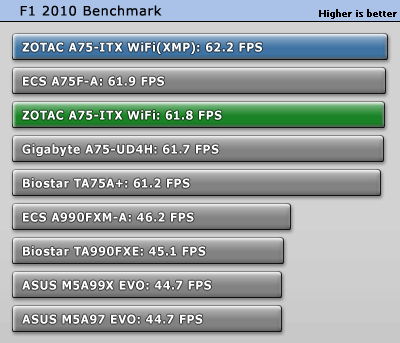- Joined
- Dec 6, 2011
- Messages
- 4,784 (0.97/day)
- Location
- Still on the East Side
Crucial, a leading global brand of memory and storage upgrades, today announced its first DDR4 DRAM demonstration at CES 2013. As a global brand of Micron, the Crucial DDR4 DRAM demonstration is based on Micron's 30-nanometer (nm) technology, the 4-gigabit (Gb) DDR4 x8 part is the first piece of what is expected to be the industry's most complete portfolio of DDR4-based modules, which will include RDIMMs, LRDIMMs, SODIMMs and UDIMMs (standard and ECC).
The new Crucial DDR4 DRAM modules use up to 20 percent lower voltage than previous technology, enabling smaller, more efficient form factors and longer battery lives. The DDR4 DRAM will have lower voltage, operating at 1.2V in comparison to current DDR3 offerings operating from 1.35V to 1.5V. The new memory modules enable mainstream data rates that are up to twice as fast as DDR3 memory. This will enable systems to process data faster, load applications faster, improve system responsiveness, and increase the ability to multi-task and handle data-intensive programs.

"The initial readiness of our DDR4 product portfolio represents a big step forward in terms of power and performance improvements for our customers," said Robert Feurle, vice president for Micron's DRAM Marketing. "A variety of speed and density options enable leading edge modules for the most demanding applications."
The first public demonstration of the Crucial Ballistix DDR4 DRAM modules will be held at the 2013 International CES, January 8-11th
"With DDR4 data rates already twice that of DDR3 when it was introduced, Crucial Ballistix is the ideal showcase for Micron's latest generation of DRAM," said Jim Jardine, director of DRAM product marketing, Crucial. "Other benefits, including reduced voltage compared to DDR3, will make DDR4 an important advancement in memory technology that will benefit computing systems that range from the personal computer to the data center."
The Crucial DDR4 DRAM modules are backed by a limited lifetime warranty and are rigorously tested to meet or exceed the high-quality performance specifications customers have come to expect from Crucial. New DDR4 DRAM modules are expected to ship in late 2013.
View at TechPowerUp Main Site
The new Crucial DDR4 DRAM modules use up to 20 percent lower voltage than previous technology, enabling smaller, more efficient form factors and longer battery lives. The DDR4 DRAM will have lower voltage, operating at 1.2V in comparison to current DDR3 offerings operating from 1.35V to 1.5V. The new memory modules enable mainstream data rates that are up to twice as fast as DDR3 memory. This will enable systems to process data faster, load applications faster, improve system responsiveness, and increase the ability to multi-task and handle data-intensive programs.

"The initial readiness of our DDR4 product portfolio represents a big step forward in terms of power and performance improvements for our customers," said Robert Feurle, vice president for Micron's DRAM Marketing. "A variety of speed and density options enable leading edge modules for the most demanding applications."
The first public demonstration of the Crucial Ballistix DDR4 DRAM modules will be held at the 2013 International CES, January 8-11th
"With DDR4 data rates already twice that of DDR3 when it was introduced, Crucial Ballistix is the ideal showcase for Micron's latest generation of DRAM," said Jim Jardine, director of DRAM product marketing, Crucial. "Other benefits, including reduced voltage compared to DDR3, will make DDR4 an important advancement in memory technology that will benefit computing systems that range from the personal computer to the data center."
The Crucial DDR4 DRAM modules are backed by a limited lifetime warranty and are rigorously tested to meet or exceed the high-quality performance specifications customers have come to expect from Crucial. New DDR4 DRAM modules are expected to ship in late 2013.
View at TechPowerUp Main Site








